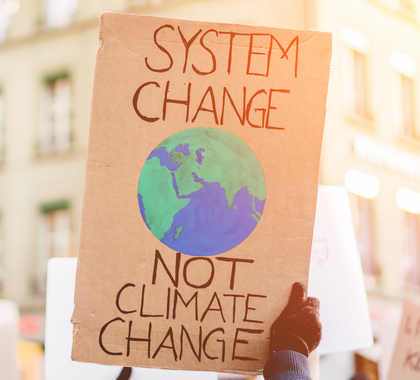Climate policies vary greatly by country. For convenience I will characterize a move towards greater government-imposed “decarbonization” as a move to the left; and I will call less such decarbonization or fewer climate government regulations or fewer market-distorting subsidies to be a move towards the right. Since the current optimal climate policy is to take no current actions unless and until it is clearly shown that adverse changes in global temperatures are occurring and it is worthwhile in terms of benefits and costs to take effective actions to reduce global temperatures. Since this has never been shown, no action is justified until it is. Accordingly, the optimal policy is at the right end of the right/left spectrum.
At the risk of greatly oversimplifying the situation, I will try to sketch what is going on with respect to climate policy in four major countries.
In the case of China, the Government is helping to build about 300 coal plants in various countries to generate electricity, but the Government continues to publicly advocate the decarbonization embodied in the Paris “treaty,” at least for others. In the Chinese case it is primarily carrying out a rightest climate policy but without any change in its announced leftist government policies.
In Germany, which has had one of the most steadfast leftish climate policies over many years, the important Christian Democratic Union party is reconsidering their previous support for a carbon tax. So Germany is undertaking a major reevaluation of its climate policy and considering a move towards the right, apparently because of pressure from the business community worried that they are becoming less and less competitive as a result of some of the highest electricity prices in the world.
In France, the yellow vest protests are continuing, although with lower turnouts very recently, and have already moved policy to the right against climate taxes. Carbon taxes are opposed by middle and lower class citizens. The yellow vesters want nothing of the climate carbon-related taxes, and have forced the Government to retreat on climate-rleated taxes. So the losers are fighting back with some effect.
In the US, there are rather impermanent and possibly ineffective actions by the Trump Administration to reduce EPA regulations concerning climate change. The Democratic Party is trying to reduce carbon dioxide emissions at huge cost. The 2016 election moved climate policy sharply to the right with the election of Donald Trump. The US response is fractured between the parties, as in France and Germany. The outcome in the US now depends largely on the 2020 election, and this may have a major impact on the future of the climate control movement both in the US and elsewhere.
It must be remembered that carbon dioxide is a universal trace gas in Earth’s atmosphere, and appears to have little, or much more likely, no significant influence on temperatures. The major effect of decarbonization is higher energy costs and lower reliability of energy supplies, particularly electricity. Leftist climate policies mainly waste more resources for less usable energy.
If major emitters pursue leftish climate policies, very little will happen no matter how far left any country moves, except for the resulting higher energy costs, greater government regulation, lower energy reliability, and damage to the environment from renewable sources. So more waste, inefficiency, damage from renewables, and a less competitive economy.
[Originally Published at Carlin Economics and Science]





